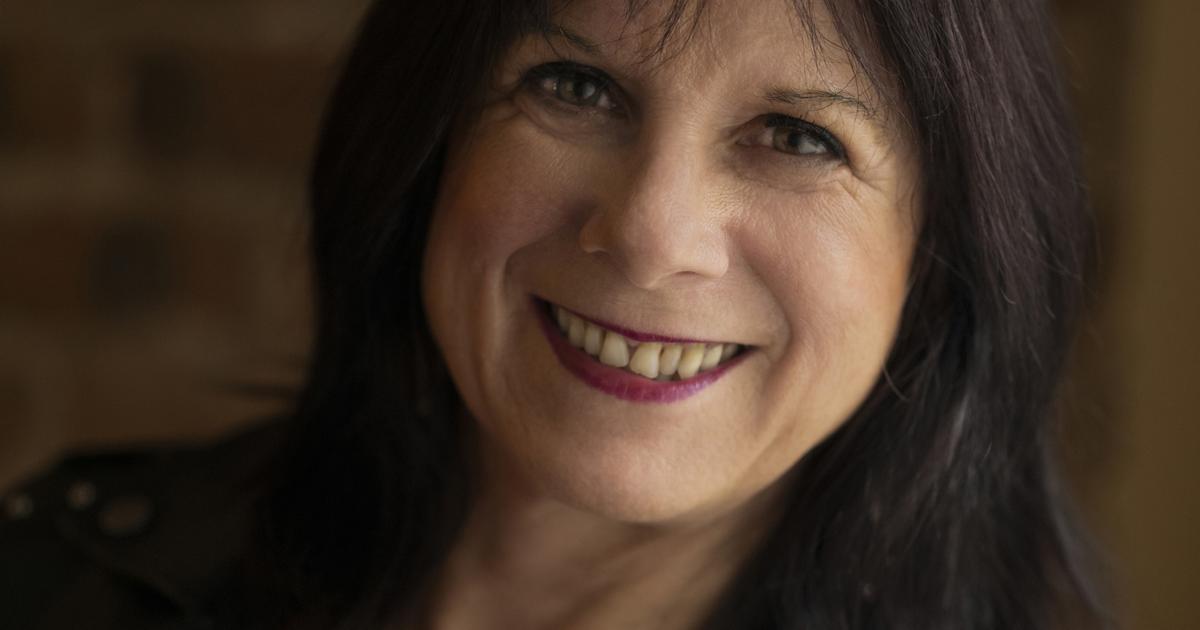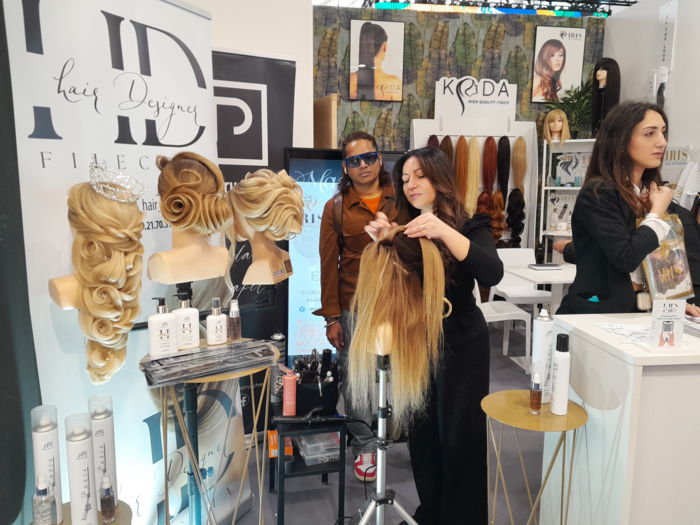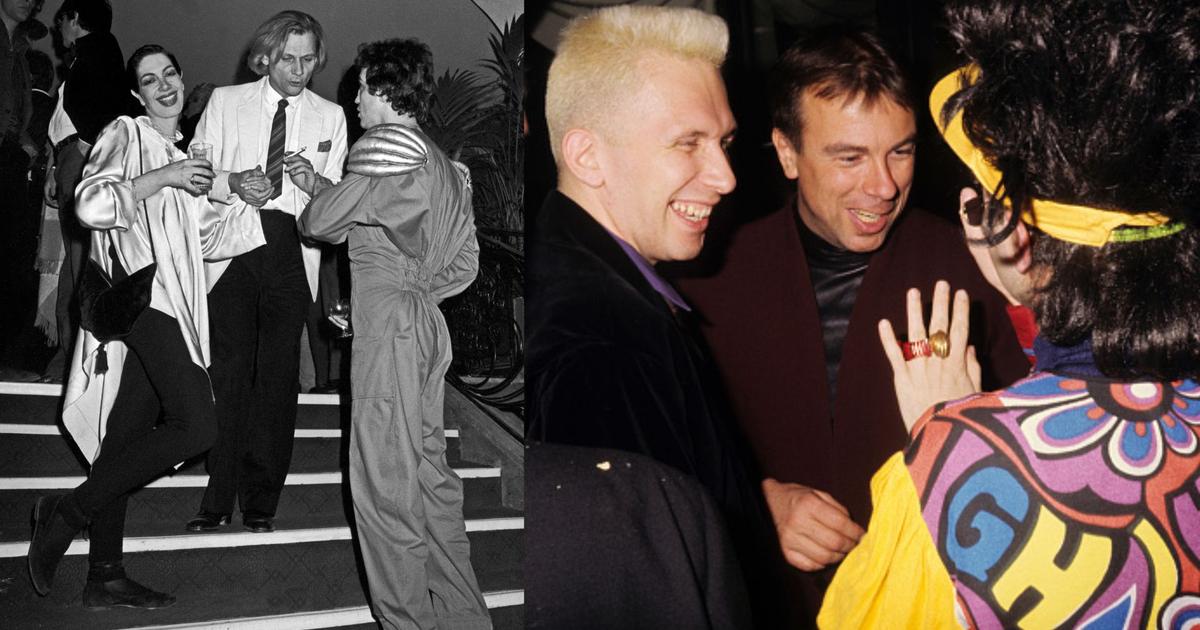Enlarge image
From professional cyclist to entrepreneur
:
Iris Slappendel
was already designing jerseys as a racing cyclist, and now she earns her money with it.
Photo:
THOYA VERHOUL
The pioneer
Simon Mottram
(56) has experienced three boom phases in the bicycle industry.
The first after the 2008 financial crisis, the second after the 2012 Summer Olympics in London.
Since the outbreak of the corona pandemic, the scene has been booming again.
The delivery times are record-breaking, as is the demand.
It was interesting to see, Mottram said shortly before leaving as head of the cycling clothing manufacturer Rapha at the end of last year, that the cycle industry would boom when there were economic problems elsewhere.
The boom has made the former marketing man rich - not because of who sold bicycles, but shirts for the riders.
The fashion label Rapha, which he founded 18 years ago, was one of the first to offer alternatives to the typical scratchy Lycra clothes in garish colours.
With success - Mottram sold the majority of his company five years ago for the equivalent of 220 million euros to the grandsons of Walmart founder Sam Walton.
William Kim
is now
at the helm of Rapha, having worked for luxury fashion brands such as Gucci and Burberry.
Cycling has become a lifestyle.
According to estimates, the global market for cycling clothing is likely to be in the mid-single-digit billion range.
It is dominated by bicycle, outdoor and sporting goods manufacturers such as Shimano, Specialized, Endura and Gore.
But there are now dozens of smaller labels such as Rapha, which have come onto the market with fashionable counter-designs.
True to the motto: No "Mamils" - no "Middle Aged Men in Lycra".
manager magazin spoke to two of them.
The stripe revolutionaries from Café du Cycliste
Remi Clermont
(45) studied sports science and marketing and then worked for an IT security company.
In 2009, together with his then boss
Andre Stewart
(51), both amateur cyclists, he opened Café du Cycliste - a café in Nice, where they also sold a few cycling jerseys and shorts designed by Clermont.
In the meantime, Café du Cycliste has a turnover of more than ten million euros a year with cycling clothing for men and women.
Jerseys with stripes reminiscent of the working clothes of Breton skippers are typical of the brand.
manager magazin: How did it happen that you became an entrepreneur through cycling clothing?
Remi Clermont:
There were several things that came together very well afterwards.
I stopped enjoying my job at the IT company.
I wanted to do something new that I really burn for.
In my spare time I rode my bike a lot to train for kayaking.
But the cycling clothes back then didn’t convince me.
I didn't want to look like a pro cyclist with bright colors and promotional lettering all over the place.
In addition, I was already convinced back then that cycling would be seen more and more as a lifestyle, not just as a sport.
And for that you need different fashion than what you could buy back then.
You want to sit down in a café with it without feeling uncomfortable.
What was the biggest hurdle?
There wasn't one big hurdle, there was always another big hurdle. I had no idea how clothes were designed, no idea about fabrics and material quality, about where in Europe we could have something manufactured - and then in manageable batch sizes. In the beginning we had five different products and just 100 of each product. And above all, I had no experience in dealing with end customers. I've been to trade fairs a lot, talked to clothing manufacturers and fabric suppliers. Then I approached it like I did my kayak training, always step by step.
What are you planning to do next?
No longer doing everything yourself, but delegating and professionalizing things in the company. I now have someone who designs the clothes with me. We hired a Chief Marketing Officer, a Sales Director. We are in the process of structuring the company differently. I no longer want to be a part of all the discussions that we have here. Let's see how well that works.
The main change that new labels like Rapha or Café du Cycliste have made is that they use fewer synthetic fibers such as Lycra and more natural fibers such as merino wool.
This has one main advantage: it is less susceptible to the smell of sweat.
However, new problems arose: "Our most expensive mistake was making jerseys from 100 percent merino wool," says Clermont.
They were quickly taken off the market because - typical cyclist worries - the back pockets stretched out and sagged.
Merino in sportswear works best in combination with an elastic and stretchy material like polyester.
In addition to amateur cyclists such as Clermont or Mottram, who have brought a new style, more subtle colors, different cuts and better quality to the bike, former professional athletes are also active as entrepreneurs.
These include former Australian triathlete
John Poulson
, who co-founded Black Sheep Cycling eight years ago, Scottish ex-racer
David Millar
, who launched CHPT3 in 2015 – and
Iris Slappendel
(37) from the Netherlands.
At Iris, the champion driver designs
Slappendel was a professional for twelve years.
Among other things, she won the Dutch road championship in 2014.
In 2017 she became self-employed with her clothing brand Iris, which has so far focused on female cyclists.
manager magazin: How did you get into the fashion business?
Iris Slappendel
: I studied graphic design and already during my time as a professional cyclist I cooperated with different clothing manufacturers and designed jerseys for them.
I've also gained experience of how clothing from different manufacturers performs in practice.
After I gave up my career in professional cycling, I thought there was room for improvement and that cycling clothing can be made much better, maybe even perfect.
I want to be able to do that and also take full responsibility for the process, i.e. all the steps from the first design idea to the selection of the material, the cutting, the production.
I don't want to make any compromises either - neither in terms of looks nor functionality.
What did you find particularly difficult?
There was a lot because while I'm creative and I'm not afraid of failure, I wasn't born an entrepreneur. I had to manage a pretty steep learning curve. What is currently a major hurdle is the size of the company. I started on my own and I still do most of it myself, designing, testing the products, organizing photo shoots, managing inventory. I have part-time helpers for marketing, for customer service, which is great. But I don't have any external investors, I do everything from my own resources, organic growth is important to me - a very conscious decision of mine to remain independent, on the other hand, of course, it slows down development.
What do you want to tackle next?
I want to bring more products to the market and I want all women - regardless of their age, background and shape - to ride in clothes that make them feel good and look good, which makes them more confident and fun to ride .









/cloudfront-eu-central-1.images.arcpublishing.com/prisa/DNKZRIJF4NFSDEHJIULPZBGFIE.jpg)